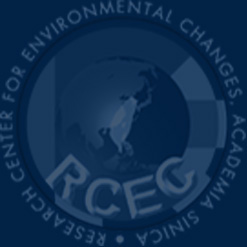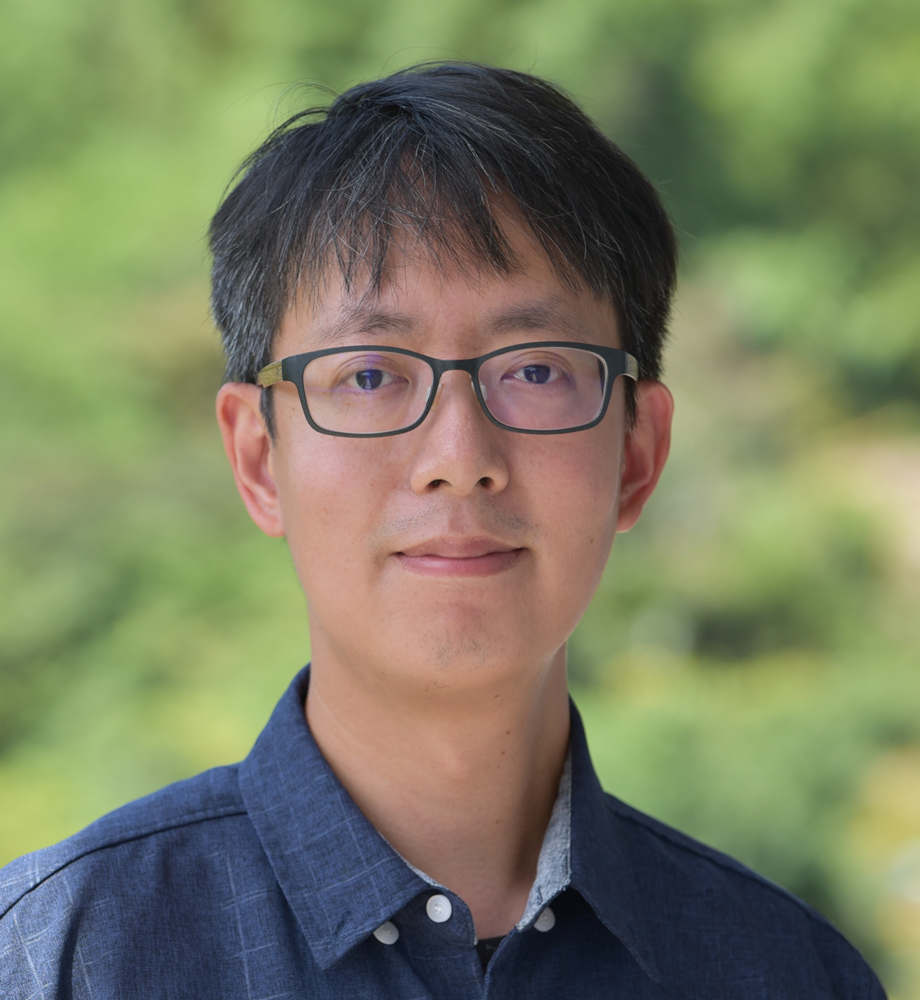

Lee, Cheng-Shiuan李承軒
Assistant Research Fellow
Research Interests
My research focuses on various chemical contaminants (e.g., methylmercury, 1,4-dioxane, and per- and polyfluoroalkyl substances) in freshwater and marine environments. I am interested in studying their (i) occurrence, transformation, and biogeochemical processes, (ii) interaction with aquatic organisms (e.g., from phytoplankton to apex predators), (iii) bioaccumulation/transfer in the aquatic food chain, and ultimately (iv) their fate in the water cycle in response to environmental changes.
I am also dedicated to developing (i) robust sample preparation/analytical methods for detecting/quantifying emerging contaminants that exist in complex sample matrices and (ii) novel treatment methods for removing persistent emerging contaminants in waters, evaluating how water quality parameters influence treatment performance, and investigating any possible formation of adverse byproducts.
Representative Publications
Lee, C. -S.*, Shipley, O. N., Ye, X., Fisher, N. S., Gallagher, A. J., Frisk, M. G., ... & Venkatesan, A. K. (2024). Accumulation of Per-and Polyfluoroalkyl Substances (PFAS) in Coastal Sharks from Contrasting Marine Environments: The New York Bight and The Bahamas. Environmental Science & Technology, 58(29), 13087-13098.
Lee, C. -S., & Venkatesan, A. K*. (2024). Cationic surfactant-assisted foam fractionation enhances the removal of short-chain perfluoroalkyl substances from impacted water. Chemosphere, 142614.
Lee, C. -S. Wang, M., Nanjappa, D., Lu, Y.T., Meliker, J., Clouston, S., Gobler, C.J. and Venkatesan, A.K.*, 2024. Monitoring of over-the-counter (OTC) and COVID-19 treatment drugs complement wastewater surveillance of SARS-CoV-2. Journal of Exposure Science & Environmental Epidemiology, 34(3), 448-456.
Lee, C. -S., K. Londhe, C. Cooper, S. Grdanovska, & A. K. Venkatesan*. (2023) Emerging investigator series: Low doses of electron beam irradiation effectively degrade 1, 4-dioxane in water within a few seconds. Environmental Science: Water Research & Technology, 9(9), 2226-2237.
Lee, C. -S., M. Wang, P. M. Clyde, X. Mao, B. J. Brownawell, A. K. Venkatesan*. (2023) 1, 4-Dioxane removal in nitrifying sand filters treating domestic wastewater: Influence of water matrix and microbial inhibitors. Chemosphere, 138304.
Londhe, K., C. -S. Lee, C. A. McDonough, A. K. Venkatesan*. (2022) The need for testing isomer profiles of perfluoroalkyl substances to evaluate treatment processes. Environmental Science and Technology, 56(22), 15207-15219
Londe, K., C. -S. Lee, Y. Zhang, S. Grdanovska, T. Kroc, C. A. Cooper, A. K. Venkatesan*. (2021) Energy evaluation of electron beam treatment of perfluoroalkyl substances in water: a critical review. ACS ES&T Engineering, 1(5), 827-841
Lee, C. -S., C. Asato, M. Wang, X. Mao, C. J. Gobler, A. K. Venkatesan. (2021) Removal of 1,4-dioxane during on-site wastewater treatment using nitrogen removing biofilters. Science of the Total Environment, 771, 144806
Lee, C. -S., A. K. Venkatesan*, H. W. Walker, C. J. Gobler. (2020) Impact of groundwater quality and associated byproduct formation during UV/hydrogen peroxide treatment of 1,4-dioxane. Water Research, 173(15), 115534
Lee, C. -S.*, and N. S. Fisher. (2019) Microbial generation of elemental mercury from dissolved methylmercury in seawater. Limnology and Oceanography, 64(2), 679-693
Lee, C. -S.*, and N. S. Fisher. (2017) Bioaccumulation of methylmercury in a marine diatom and the influence of dissolved organic matter. Marine Chemistry 197: 70-79
Lee, C. -S.*and N. S. Fisher. (2017) Bioaccumulation of methylmercury in a marine copepod. Environmental Toxicology and Chemistry 36(5): 1287-1293
Lee, C. -S.*, M. E. Lutcavage, E. Chandler, D. J. Madigan, R. M. Cerrato, and N. S. Fisher. (2016) Declining mercury concentrations in bluefin tuna reflect reduced emissions to the North Atlantic Ocean. Environmental Science and Technology 50: 12825-12830
Lee, C. -S.* and N. S. Fisher. (2016) Methylmercury uptake by diverse marine phytoplankton. Limnology and Oceanography 61: 1626-1639
Highlights
Methylmercury bioaccumulation in marine phytoplankton Methylmercury (MeHg) has long been recognized as an important contaminant in marine ecosystems. The largest bioconcentration step of MeHg in marine food webs is from the aqueous phase to phytoplankton. The first systematic comparison of MeHg bioaccumulation among six different algal species was conducted in this study, examining the influence of environmental factors on the uptake process and discussing subsequent biogeochemical implications. The result shows that passive transport seemed to be the primary pathway for most phytoplankton to acquire MeHg and was related to the surface-area-to-volume ratio of algal cells. Environmental conditions did not directly affect MeHg uptake except for the mixotrophic dinoflagellate which showed active uptake of MeHg. The presence of dissolved organic matter, especially those with a sulfur functional group (thiol), was confirmed to inhibit algal MeHg uptake. The algal MeHg uptake rates and bioconcentration factors in diverse algal species were calculated in this study and further applied to a global biogeochemical model describing Hg cycling in the marine environment.
Treatment of emerging contaminant 1,4-dioxane in groundwater in Long Island, New York, using advanced oxidation processes 1,4-Dioxane (1,4-D) is a likely human carcinogen and a widespread drinking water contaminant across the U.S. Conventional water treatment approaches do not effectively remove 1,4-D, and hence, advanced oxidation processes (AOPs), such as UV/H2O2, are increasingly being employed by water suppliers. A series of systematic studies to assess the impact of groundwater quality on treating environmentally relevant levels of 1,4-D was performed in this study. Typical groundwater quality parameters (pH, alkalinity, natural organic matter (NOM), nitrate, and Fe) on the performance of UV/H2O2 treatment and the formation of associated byproducts were investigated simultaneously. With the lab-scale controlled experiments, a multiple linear regression model using water quality data was developed to predict the performance of UV/H2O2 treatment of actual groundwater. The model output agreed with field observations in predicting the rate constants for removing 1,4-D from field groundwater samples. The results of this study should assist with the design and evaluation of pilot- and full-scale UV/H2O2 treatment systems and should be of interest to a broad audience of environmental scientists, various regulatory agencies, and public health professionals.

(02) 2787-5868
chenglee 